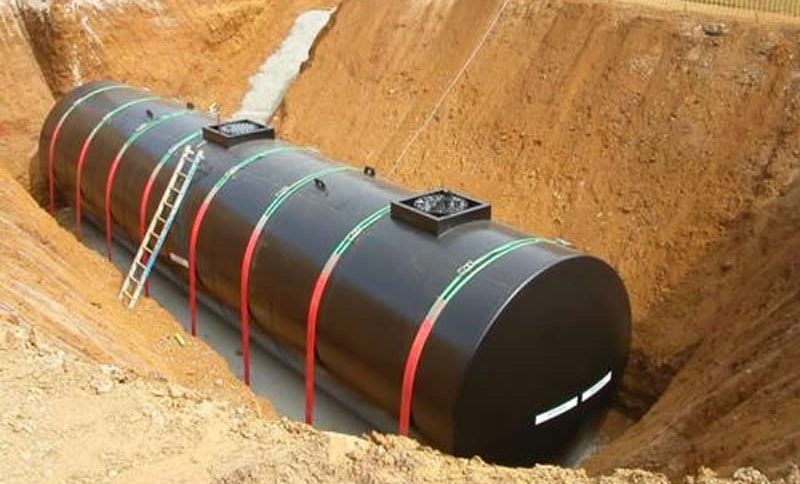As the name suggests an underground tank is buried in the ground. It may be installed as a singular unit or a combination to form an underground tank system. Both concrete and plastic water tanks can serve as underground tanks and are the most popular options. The two types of tanks have a high capacity and unparalleled durability. Steel tanks, on the other hand, are rarely buried in the ground due to their low resistance to rust and corrosion. There are numerous reasons for installing or constructing an underground tank. Here are some of the top reasons you need an underground tank.
Large capacity
Underground installations can accommodate large capacity tanks due to the unlimited space beneath the ground. For many office and apartment buildings, underground tanks form the primary water storage units. They are good for holding harvested rainwater and council water. Other applications include holding greywater and other forms of wastewater for reuse or recycling. The underground tanks can stretch to over 11000 litres depending on your needs and your budget. If you combine a series of tanks, the holding capacity increases significantly. The only limitation to owning a large-capacity underground tank is the price.
Out of sight
The biggest drawback of owning a tank is the effect on your landscaping. Tanks are massive installations that cannot go unnoticed. More often than not, tanks stick out and can be an eyesore whether you keep them in the backyard or on the rooftop. On the other hand, underground tanks remain out of sight and only an opening hatch can be seen above the ground. As a result, underground tanks do not interfere with your landscaping and outdoor design.
Space
Water tank installations follow the rule of architecture: economy of space. A tank is a space-occupying installation. However, an underground tank takes up otherwise useless space. With an underground water tank, your landscape is uninterrupted and open for use. Only the hatch takes up above-ground space, but this is a small compromise if you consider the benefits.
Durable
Underground tanks are designed to meet numerous construction standards. The tanks can bear the pressure of the overlying earth while holding large capacities of water. Concrete underground tanks, in particular, remain functional for years. Repairs extend the lifespan and minimize the need for re-installation. Although plastic underground tanks are lightweight, they are durable and highly resistant to rust and corrosion.
Safe
Above ground, water tanks are vulnerable to destruction from the elements. Storms can destroy above-ground tanks, and their position also leaves them open to vandalism. Underground tanks are buried deep in the ground and shielded from the elements. They can survive storms and it’s almost impossible to vandalise the tanks. To improve safety, the hatch is designed from strong materials like steel that can keep the tank sealed.
These features of an underground tank make it the perfect choice for water storage. If you are looking for a water tank, an underground water tank is a choice worth considering. You will not regret it.
Read Also:
- Is It A Good Idea To To Run Your Commercial Premises on Rainwater?
- Safety tips for accessing your water tank
